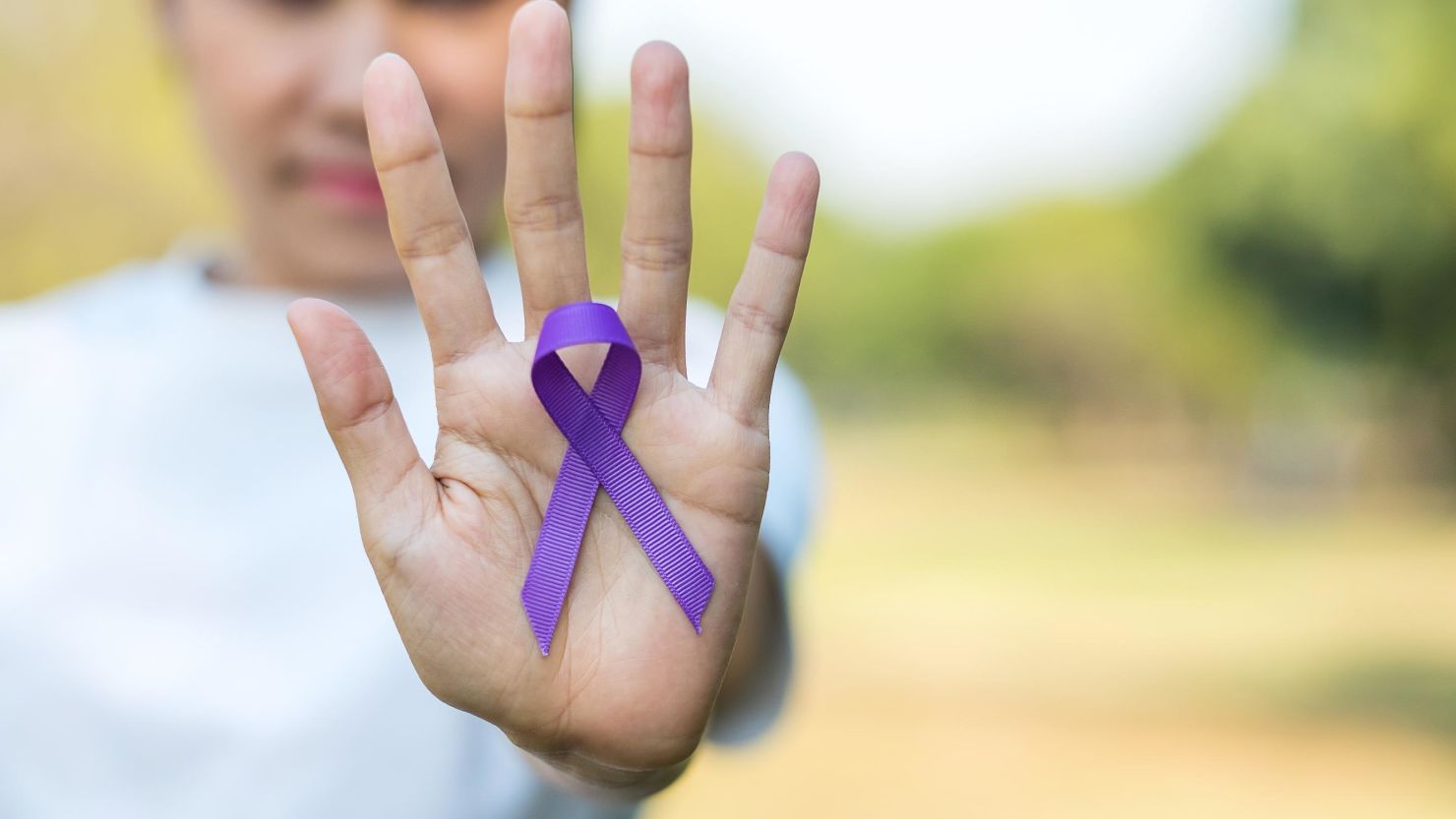May 10 is World Lupus Day, an annual global event spotlighting the complex disease and ways to improve quality of life for those suffering from it.
What is lupus?
Lupus is an autoimmune disease; the body’s immune system attacks healthy cells leading to pain, fever, rashes, organ damage and other symptoms. The Lupus Foundation of America estimates more than 5 million people live with the condition which affects each person differently, making lupus difficult to treat and particularly hard to diagnose.
“Research has shown that it can take an average of six years to diagnose lupus from the time someone starts experiencing symptoms,” said Mary Crimmings, interim CEO of the Lupus Foundation of America (LFA).
These delays can bring devastating consequences for patients. Since there’s currently no cure for lupus, researchers, advocates, and patients are banding together to improve healthcare services and research into the disease.
A difficult treatment landscape and research barriers

Lupus can be managed once it’s identified. But treatment remains challenging. Over the last seven decades, the US Food and Drug Administration has approved just three therapies specifically for lupus.
Many patients take chemotherapy and antimalarial medications off-label to control symptoms, often with serious side effects.
Lupus drug development lags compared to other therapies primarily because of the disease’s unique complexity and variation.
“There are issues in clinical trial design outcome measures, and the community realizes that these are challenges that not one group can solve,” said Hoang Nguyen, Ph.D from Lupus Research Alliance (LRA). “It requires all the stakeholders, including the FDA, to come together.”
The FDA’s Center for Drug Evaluation and Research has partnered with the Lupus Research Alliance (LRA) to launch the Lupus Accelerating Breakthroughs Consortium (Lupus ABC), a first-of-its-kind public-private partnership focused on addressing difficulties with lupus clinical trials and accelerating therapy development.
To address scientific difficulties facing drug research, Lupus ABC brings together medical societies, academics, clinicians, the FDA, and – most importantly– people living with lupus.
“The major goal of the consortium is to bring the voice of people with lupus to the forefront,” said Nguyen.
The input of lupus sufferers is essential for patients like Kaamilah Gilyard, who has participated in four clinical trials.
“This is a big step in the right direction, and I hope things will move faster,” said Gilyard.
“The more people support research for the disease, the better the arsenal of effective treatments that will become available,” added Crimmings.
How you can make a difference
CNN’s Impact Your World has gathered ways you can help support lupus patients and the race for the cure.
Educate yourself
“You don’t look sick.” That statement, though often intended as a compliment, can feel extremely insensitive and dismissive to people dealing with the condition.
“Don’t always tell me I’m looking great because inside, my body is feeling like crap. My body is destroying itself,” said Racquel Dozier, lupus warrior and founder of Lupus in Color, an international support group empowering lupus patients.
“It leaves people feeling misunderstood and isolated,” explained Crimmings, “and sometimes it feels like people don’t believe they are actually ill.”
Lupus is often called an “invisible illness” because symptoms are not outwardly obvious. But it’s important to remember that while someone may appear fine on the outside, they may be dealing with painful, chronic and even life-threatening circumstances.
The best way to avoid committing this offense is to educate yourself. LFA’s National Resource Center on Lupus has a wealth of educational content from doctors, scientists, health educators, and people with lupus.
Raise awareness
“The more awareness there is about the devastating impact of lupus, the more support there will be for funding lupus research, education and support programs,” Crimmings told CNN.
Most people don’t know what lupus is or how it affects the body, and you can change that using your voice person-to-person or through social media. LFA is campaigning to make lupus visible, and you can help using their toolkit and your social media accounts to spread awareness.
You can also post a photo of yourself wearing purple on social media with #LupasAwarenessMonth and #WorldLupusDay along with a brief reason why you support the cause.
There’s also the Team Make Your Mark™ Virtual 6 Challenge. Between June 23 and June 28, you can run, hike, bike, paddle or swim in any location for 6 days to raise awareness and funds to fight lupus.
Become an advocate
Advocates work for all people with lupus, their families, and the health professionals who care for them. They educate government officials and industry leaders on expanding investment in lupus research, education programs, and support services.
Most advocacy around lupus focuses on stimulating federal support for treatment, research and, ultimately, a cure. The latest push resulted in the Lupus ABC partnership with the LRA and the FDA.
Gilyard, who was diagnosed with lupus at 17, is determined to change the lives of future generations living with lupus.
“When I was diagnosed, I had no role model, no one to call, nowhere to look.”
Much of Gilyard’s advocacy centers around engaging her community to participate in lupus research, to help overcome the lack of diversity in trials and to promote equity in healthcare among populations of color.
“I like to speak to people, and I like to clear the air and address the issues from a grassroots perspective,” Gilyard expounded.
“I want people to have options when I felt like I had none.”
Your voice can be an asset too. Meet with, email, or tweet your elected officials and tell them about the important lupus policy issues. If you or someone you love has lupus, share your story; it could help save lives.
Volunteer
Racquel Dozier knows the power of volunteering. After being permanently disabled by lupus in her 30’s, she fell into a spiral.
“It had to become an inside job to change the feelings of pain, sorrow, and guilt that I had because I had to stop working.”
The Henrico County, Virginia resident searched for a support group but struggled to find one with patients who looked like her.
“I decided to start Lupus in Color to make sure that Black women were represented and so that I could help others – and we can help each other,” Dozier told CNN.
The former social worker and educator now harnesses many of the skills from her former career.
“I took all the skills I learned through college and work experience, and I use all of it through Lupus in Color,” Dozier said.
“I’m still working; I’m just not getting the dollars.”
Crimmings suggest those interested in volunteering contact a local lupus charity and share their skillset to see how to help. There are opportunities ranging from clerical work to support groups to organizing events.
Make a donation
We all know how crucial funding is regarding research, but little is said about patients’ financial burdens.
“Lupus can have a significant economic impact,” shared Crimmings.
“Many people don’t realize that people with lupus are having infusions or may be on dialysis for kidney disease, and sometimes people are unable to work,” Crimmings said. A recent study in the Journal of Rheumatology revealed a high cost for people with severe lupus ($52,951 average per year), compared with moderate disease ($28,936) and mild disease ($21,052). For the underinsured, this can be a substantial financial burden that discourages some people from seeking treatment.
Organizations like Patient Advocate Foundation and the Healthwell Foundation are helping patients bear the costs. Unfortunately, Healthwell’s fund specifically for Systemic Lupus Erythematosus had to close to new applicants because of insufficient funding.

Participating in a walk, whether alone or as part of a group, is a fun way to help fund important research. Both LFA and LRA sponsor walks throughout the year.
“Lupus is more pervasive than people think and impacts people on a scale that the public does not realize,” said Crimmings.
Click the button below to donate to any of the organizations mentioned above and others supporting patients living with lupus.









